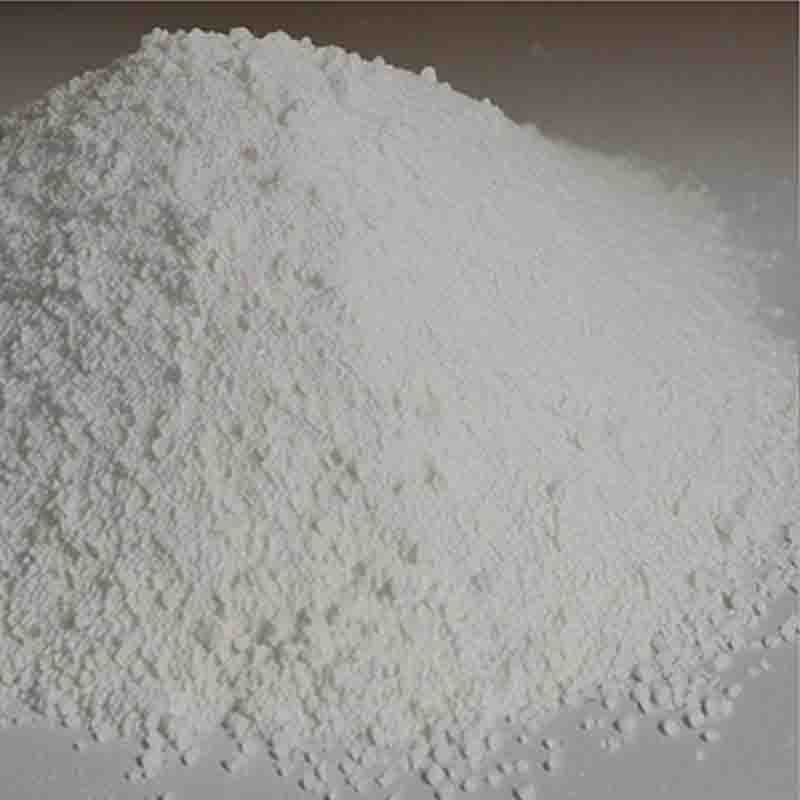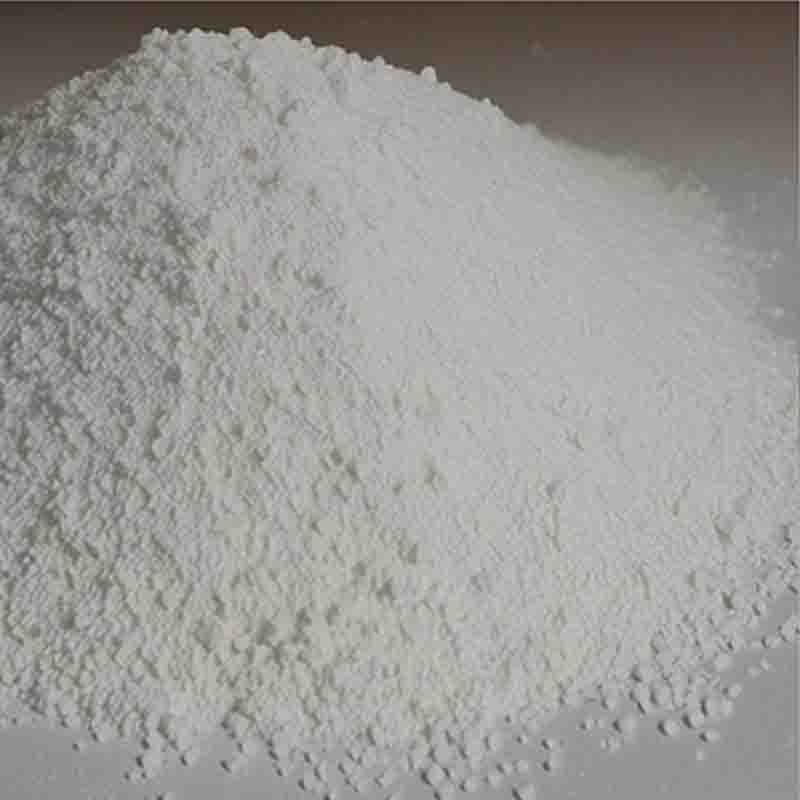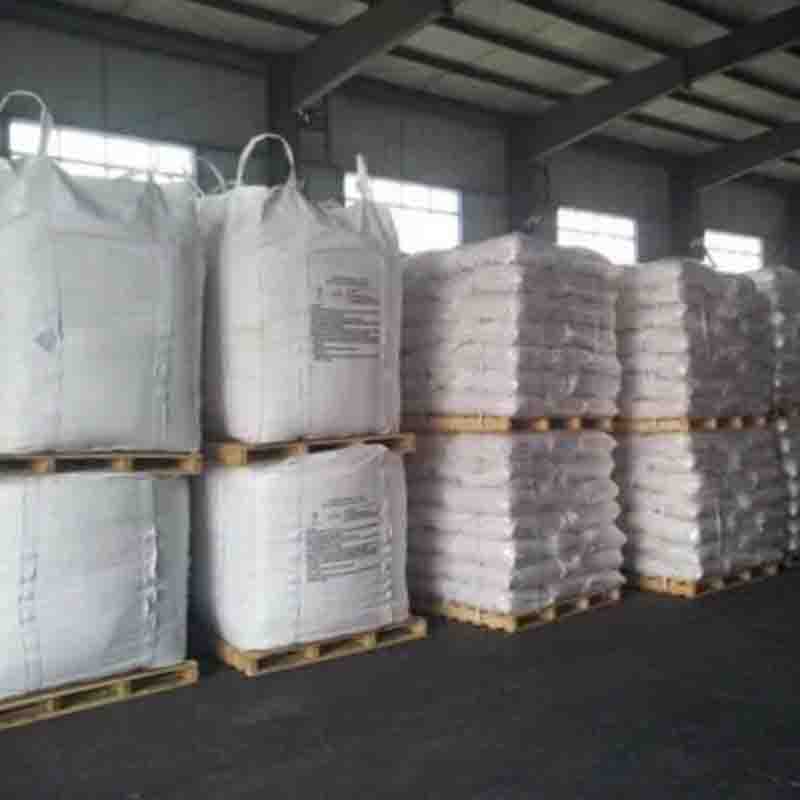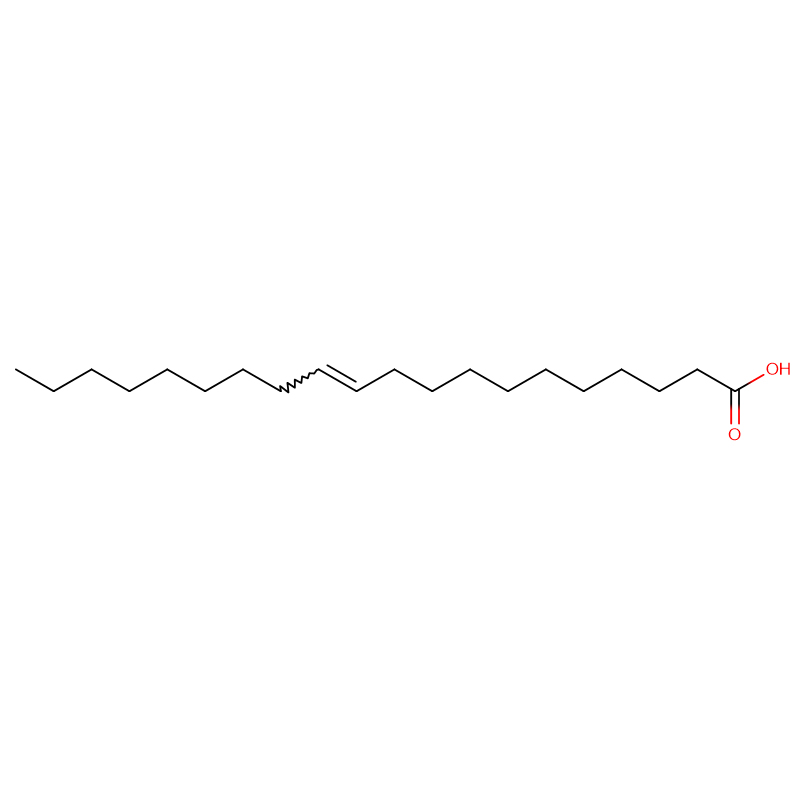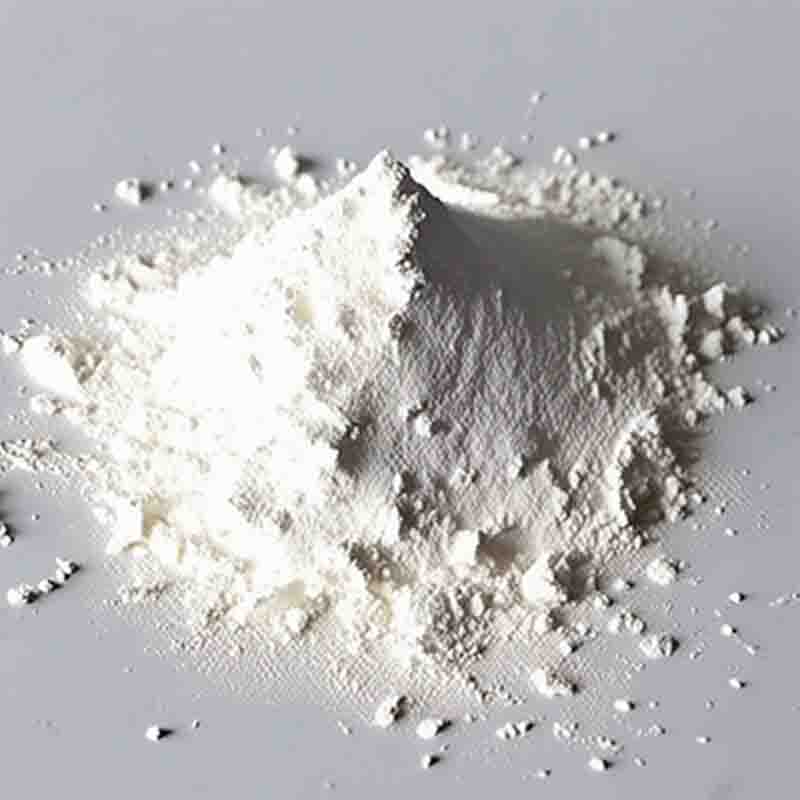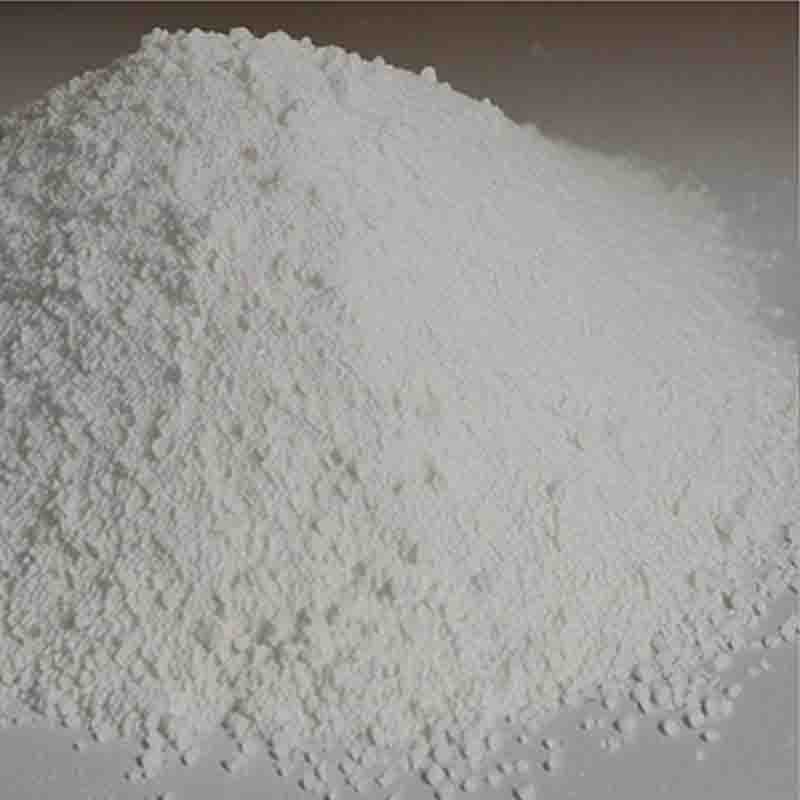2-Chloroacrylonitrile CAS:920-37-6
| Catalog Number | XD94801 |
| Product Name | 2-Chloroacrylonitrile |
| CAS | 920-37-6 |
| Molecular Formula | C3H2ClN |
| Molecular Weight | 87.51 |
| Storage Details | Ambient |
Product Specification
| Appearance | White powder |
| Assay | 99% min |
2-Chloroacrylonitrile is a chemical compound with the molecular formula C3H2ClN. It is a colorless liquid that is used primarily as an intermediate in the production of various chemicals. Here are some effects and applications of 2-Chloroacrylonitrile:Chemical synthesis: 2-Chloroacrylonitrile is commonly used as a starting material or building block in chemical syntheses. It can undergo various reactions such as nucleophilic substitution, addition, and condensation reactions to form a wide range of derivatives. These derivatives find applications in the production of pharmaceuticals, agrochemicals, and specialty chemicals.Polymerization: 2-Chloroacrylonitrile can be polymerized to form poly(2-chloroacrylonitrile). This polymer has unique properties such as high tensile strength and chemical resistance, making it suitable for applications in protective clothing, fibers, and coatings. It is particularly used in the production of flame-resistant materials.Adhesive and Sealant manufacturing: 2-Chloroacrylonitrile is used as an ingredient in the production of adhesives and sealants. It contributes to the adhesive properties, such as strong bonding and resistance to chemicals and solvents. These adhesives and sealants find applications in various industries, including automotive, construction, and electronics.Pharmaceuticals: Some derivatives of 2-Chloroacrylonitrile exhibit interesting biological activity and have been investigated as potential pharmaceuticals. They may possess antibacterial, antifungal, and antiviral properties. These compounds have been studied for their potential use in the development of drugs for various diseases.Research tool: 2-Chloroacrylonitrile is used as a research tool in various scientific studies. Its reactivity and ability to form different derivatives make it valuable in the synthesis of novel compounds. Researchers can modify its structure and study the effects of these modifications on properties and biological activities.Chemical intermediates: 2-Chloroacrylonitrile is an important intermediate in the production of various chemicals. It can be further reacted to form compounds like acrylamide, ethyl acrylate, and acrylic acid. These compounds find applications in the production of polymers, coatings, and adhesives.In conclusion, 2-Chloroacrylonitrile has significant effects and applications in chemical synthesis, polymerization, adhesive and sealant manufacturing, pharmaceuticals, research, and as a chemical intermediate. Its versatility and reactivity make it valuable in various industries, contributing to advancements in chemistry and the development of new materials, pharmaceuticals, and technologies. However, it is important to handle 2-Chloroacrylonitrile with caution, as it is toxic and can pose health risks if not handled properly.


